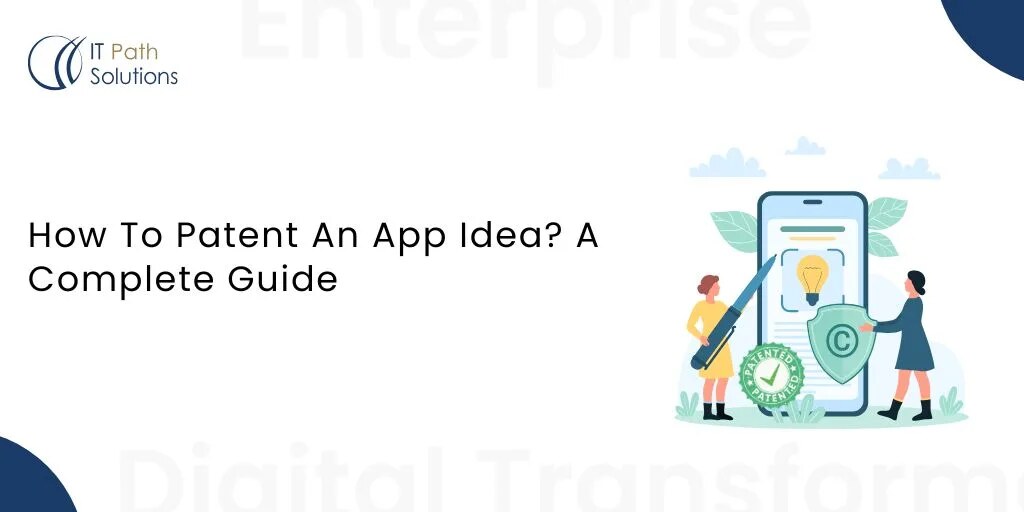


How to Patent a Mobile App Idea: Ultimate Guide for 2025
The mobile app industry continues to thrive in 2025, with entrepreneurs and developers racing to bring innovative solutions to market. But as competition intensifies, protecting your intellectual property has never been more critical. One of the most effective ways to safeguard your idea is by applying for a patent.
In this guide, we’ll walk you through how to patent a mobile app idea in 2025, what types of patents apply, and key steps to take before, during, and after the process.
A patent gives you exclusive rights to your invention, preventing others from making, using, or selling it without your permission. When it comes to mobile apps, this is crucial to:
While copyrights protect code and design, and trademarks protect branding, a patent protects the underlying process or method — the core functionality that makes your app unique.
Here’s a step-by-step process to secure a patent for your app:
Start by recording every detail about your app, including:
Use timestamps, digital notebooks, and version history to prove you were the original inventor.
Before investing time and money, verify that your idea is truly original.
Your app must meet these criteria:
Apps using emerging tech like AI, blockchain, IoT, or AR/VR often have a better chance of qualifying due to their technical depth.
A Provisional Patent Application (PPA) secures an early filing date and gives you 12 months to develop your app further or seek investors. It’s a lower-cost option and doesn’t require formal patent claims.
It should include:
💡 Pro Tip: Label your app as “Patent Pending” after filing a PPA.
To move forward with a full patent, file a Non-Provisional Patent Application (NPA). This involves:
You can file through:
Given the complexity and legal language involved, working with a registered patent attorney is highly recommended. They will help:
The timeline varies but typically:
Be prepared for office actions (requests for clarification or edits) from the patent examiner.
A U.S. patent only protects your app in the United States. If you’re targeting global markets, consider applying via the Patent Cooperation Treaty (PCT) to get protection in over 150 countries.
Keep in mind:
Patenting a mobile app idea in 2025 is a smart move if your app solves a real problem in a novel, technical way. While the process may seem daunting, following a structured approach — and getting expert legal help — can make all the difference.
Whether you’re launching a health-tech app, an AI assistant, or a groundbreaking game mechanic, securing your innovation through a patent can provide long-term strategic value.
